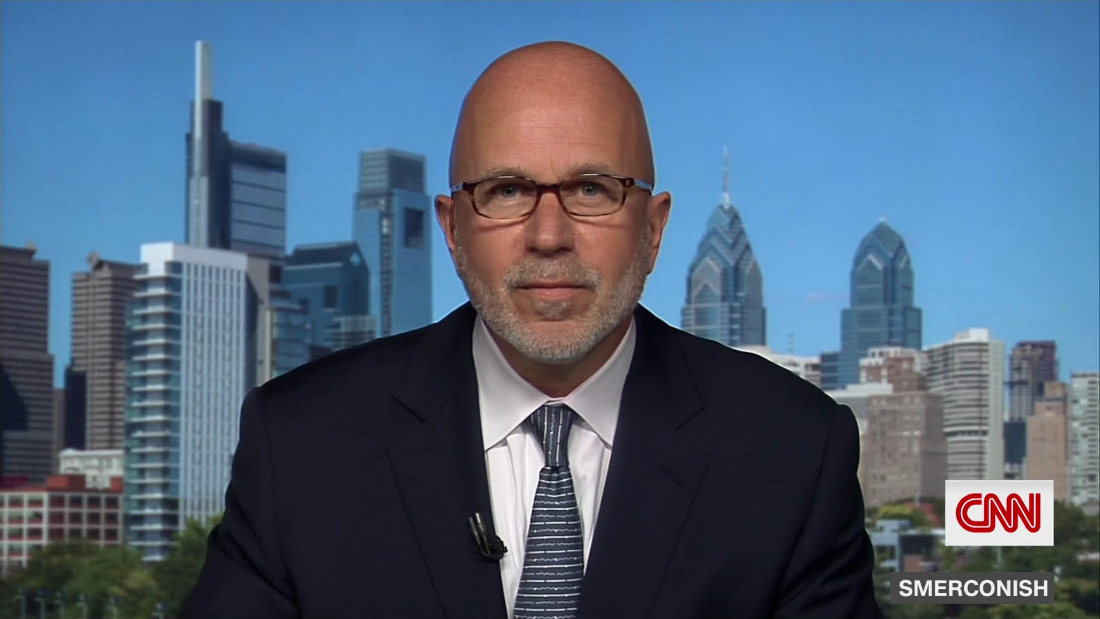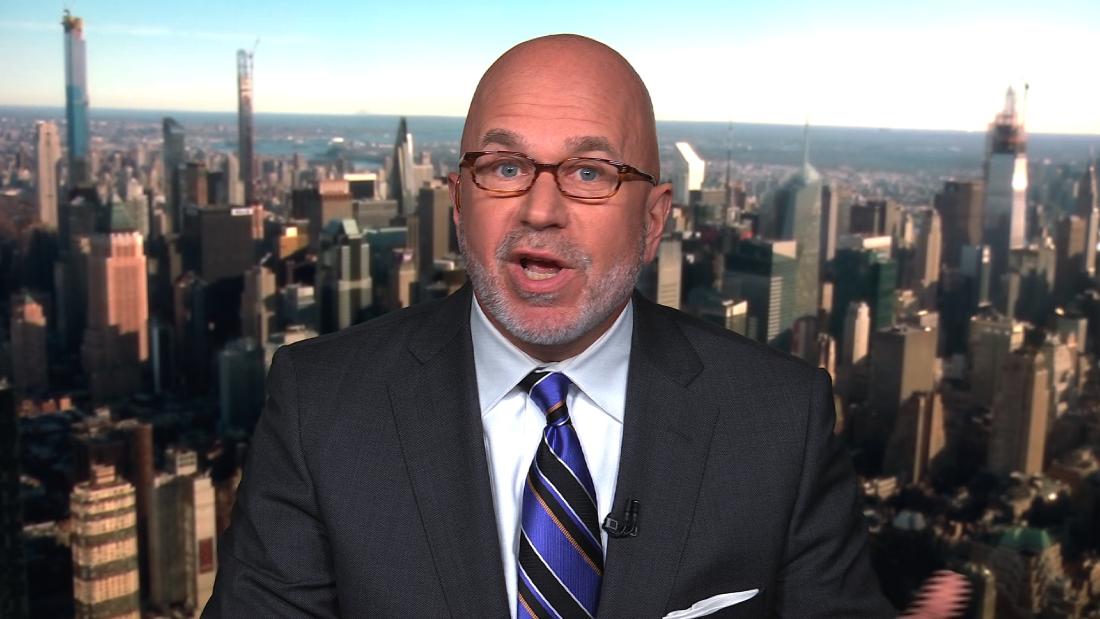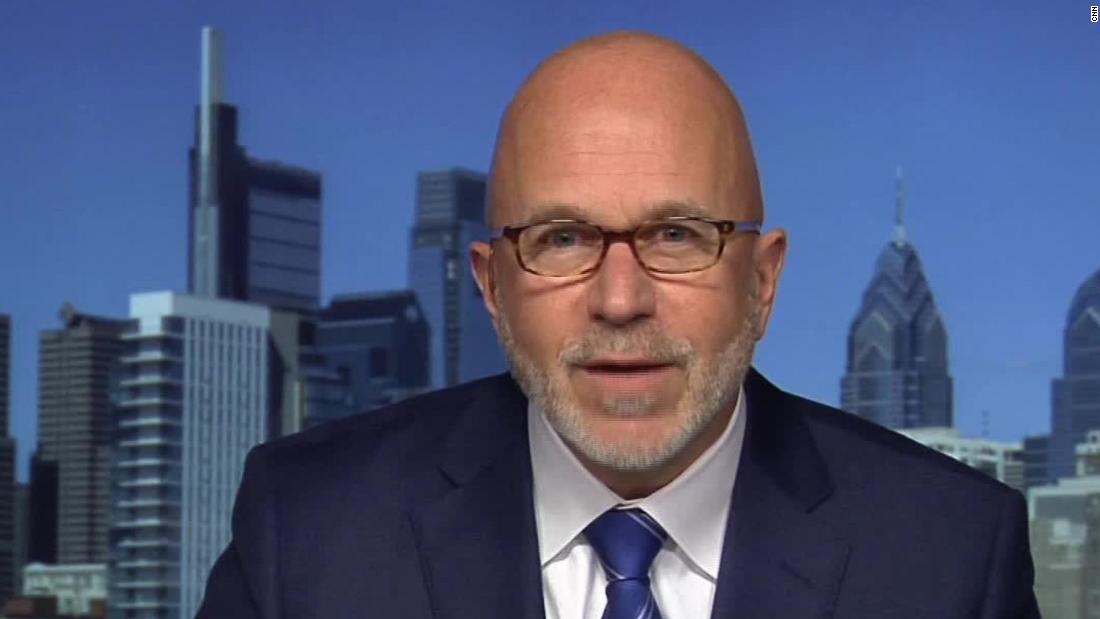Smerconish CNN Cancelled: The Inside Story Behind The Controversy
Let’s face it, folks—when CNN announced they were pulling the plug on Chris Cuomo’s show, the world sat up and paid attention. But when the same fate befell Don Lemon’s replacement, Smerconish, it felt like déjà vu all over again. Cancel culture is alive and kicking, but what really went down behind the scenes? Why did CNN decide to cancel Smerconish, and what does this mean for the future of cable news? Let’s dive into the drama, shall we?
Now, if you’ve been following the headlines, you know that the Smerconish cancellation wasn’t exactly a surprise to some insiders. The show struggled with ratings from day one, and let’s be honest—audiences these days are picky. They want their news served hot, fresh, and with a side of personality. Smerconish tried to bring that energy, but in a world where opinions are as polarized as ever, it seems like he couldn’t quite hit the mark.
But here’s the kicker: it’s not just about ratings. Oh no, this is about trust, authenticity, and whether or not a show can resonate with its audience. In an era where misinformation runs rampant and people are questioning everything they see on TV, the decision to cancel Smerconish raises bigger questions about the state of journalism today. Let’s break it down.
Read also:B Scott Senechal A Visionary Leader In The World Of Business
Understanding the Controversy Around Smerconish CNN Cancelled
Why Was Smerconish Cancelled?
Alright, so let’s talk turkey. Why exactly did CNN pull the plug on Smerconish? Was it just about the numbers, or was there more to the story? According to sources, the show’s ratings were consistently underwhelming. Sure, Smerconish had his moments, but in a competitive landscape where every second counts, those moments weren’t enough to keep the show afloat.
And then there’s the whole issue of tone. Smerconish’s style was polarizing, to say the least. Some loved his no-nonsense approach, while others thought he came across as too aggressive or even biased. In a world where cable news is all about connecting with your audience, that kind of divide can be deadly.
The Ratings Game: Did Numbers Really Kill the Show?
Let’s talk numbers, folks. Ratings are the lifeblood of any TV show, and when they’re low, the writing’s on the wall. According to Nielsen data, Smerconish’s ratings were consistently below the network average. Now, before you start pointing fingers, it’s worth noting that cable news as a whole has been struggling to attract younger audiences. But still, those numbers matter, and when they don’t stack up, networks have to make tough decisions.
Here’s the thing, though: ratings aren’t the only factor. Networks also consider engagement, social media buzz, and overall brand impact. Smerconish had his moments in the spotlight, but it wasn’t enough to sustain the show long-term. It’s a harsh reality, but that’s the business we’re in.
The Inside Story: What Really Happened Behind the Scenes?
A Network in Transition
CNN is going through a massive transition right now. With new leadership at the helm and a focus on digital-first content, the network is trying to reinvent itself. That means saying goodbye to shows that don’t align with the new vision—and unfortunately for Smerconish, his show didn’t quite fit the bill.
But it’s not just about the show itself. It’s about the broader strategy. CNN wants to appeal to a younger, more diverse audience, and that means making tough choices. Smerconish was part of the old guard, and while he brought a lot to the table, the network decided it was time to move in a different direction.
Read also:Best Remoteiot Web Ssh Unlocking Secure Access For Iot Devices
The Role of Cancel Culture
Now, we can’t talk about Smerconish without mentioning cancel culture. Love it or hate it, it’s a real thing, and it’s impacting the media landscape in ways we couldn’t have imagined a decade ago. Some critics argue that Smerconish became a casualty of this culture, with his outspoken views and controversial takes drawing ire from both sides of the aisle.
But here’s the thing: cancel culture isn’t just about public opinion. It’s also about brand perception. Networks have to weigh the potential backlash against the benefits of keeping a show on air. In Smerconish’s case, the risks outweighed the rewards, and that’s why the show had to go.
What Does This Mean for CNN and the Future of News?
The Changing Landscape of Cable News
Cable news is evolving, and fast. With streaming services like Hulu and Netflix offering on-demand content, traditional networks like CNN are scrambling to stay relevant. That means rethinking their programming strategies and focusing on what audiences really want.
For CNN, that means prioritizing investigative journalism, breaking news coverage, and content that resonates with a global audience. Shows like Smerconish, while entertaining, don’t always align with that vision. It’s a tough pill to swallow, but it’s a necessary move for the network’s long-term survival.
The Importance of Authenticity
In an era where trust in the media is at an all-time low, authenticity is everything. Audiences want hosts who are relatable, transparent, and willing to engage in meaningful conversations. Smerconish had his moments, but critics argue that he sometimes came across as more interested in provoking reactions than fostering understanding.
This isn’t to say that provocative journalism has no place in the industry—it absolutely does. But there’s a fine line between pushing boundaries and alienating your audience. Smerconish may have crossed that line, and that’s why the show didn’t stick around.
Lessons Learned: What Can We Take Away from This?
The Power of Ratings
Ratings are still king in the world of cable news. No matter how much networks talk about innovation and creativity, the bottom line is that they need to attract viewers. Smerconish’s cancellation is a stark reminder of that reality. If your show isn’t bringing in the numbers, it’s only a matter of time before the axe falls.
But it’s not all doom and gloom. Networks are also looking for ways to engage audiences beyond the traditional metrics. Social media presence, online content, and interactive features are all becoming more important. Shows that can adapt to this new reality are the ones that will survive.
The Impact of Public Perception
Public perception plays a huge role in the success or failure of any TV show. In Smerconish’s case, his polarizing personality and controversial opinions may have contributed to his downfall. While some viewers loved his unfiltered approach, others found him too divisive to watch.
This highlights the importance of understanding your audience. Networks need to strike a balance between giving viewers what they want and staying true to their journalistic values. It’s a tricky tightrope to walk, but it’s essential for long-term success.
The Future of Smerconish: Where Does He Go From Here?
Exploring New Opportunities
So, where does Smerconish go from here? Well, the world of media is vast, and there are plenty of opportunities for a host with his experience and expertise. He could pivot to digital platforms, launch his own podcast, or even explore writing and commentary. The possibilities are endless.
And let’s not forget about his legal career. Smerconish has a background in law, and that’s a skill set that’s always in demand. Whether he chooses to return to the courtroom or continue in the world of media, one thing’s for sure: we haven’t seen the last of him.
Building a Personal Brand
In today’s media landscape, having a strong personal brand is crucial. Smerconish has built a reputation as a no-nonsense commentator with a knack for tackling tough topics. That’s a valuable asset, and one that he can leverage in whatever he chooses to do next.
But building a brand isn’t just about being controversial—it’s about being authentic, relatable, and consistent. Smerconish has a chance to redefine himself and his career, and that’s an exciting prospect for both him and his fans.
Conclusion: What’s Next for Cable News?
As we wrap up this deep dive into the Smerconish controversy, it’s clear that the world of cable news is changing. Networks are rethinking their strategies, audiences are evolving, and the competition is fiercer than ever. While Smerconish’s cancellation may have come as a surprise to some, it’s a sign of the times.
So, what’s next for cable news? Will networks continue to focus on ratings and public perception, or will they prioritize quality journalism and meaningful content? Only time will tell. But one thing’s for sure: the industry is in for some big changes, and we’ll be watching every step of the way.
Now, folks, it’s your turn. What do you think about Smerconish’s cancellation? Do you think it was the right move, or do you think CNN missed an opportunity? Let us know in the comments below, and don’t forget to share this article with your friends. The more we talk about these issues, the more we can understand the future of journalism.
Table of Contents
- Understanding the Controversy Around Smerconish CNN Cancelled
- The Ratings Game: Did Numbers Really Kill the Show?
- The Inside Story: What Really Happened Behind the Scenes?
- A Network in Transition
- The Role of Cancel Culture
- What Does This Mean for CNN and the Future of News?
- The Changing Landscape of Cable News
- The Importance of Authenticity
- Lessons Learned: What Can We Take Away from This?
- The Power of Ratings
- The Impact of Public Perception
- The Future of Smerconish: Where Does He Go From Here?
- Exploring New Opportunities
- Building a Personal Brand
- Conclusion: What’s Next for Cable News?


